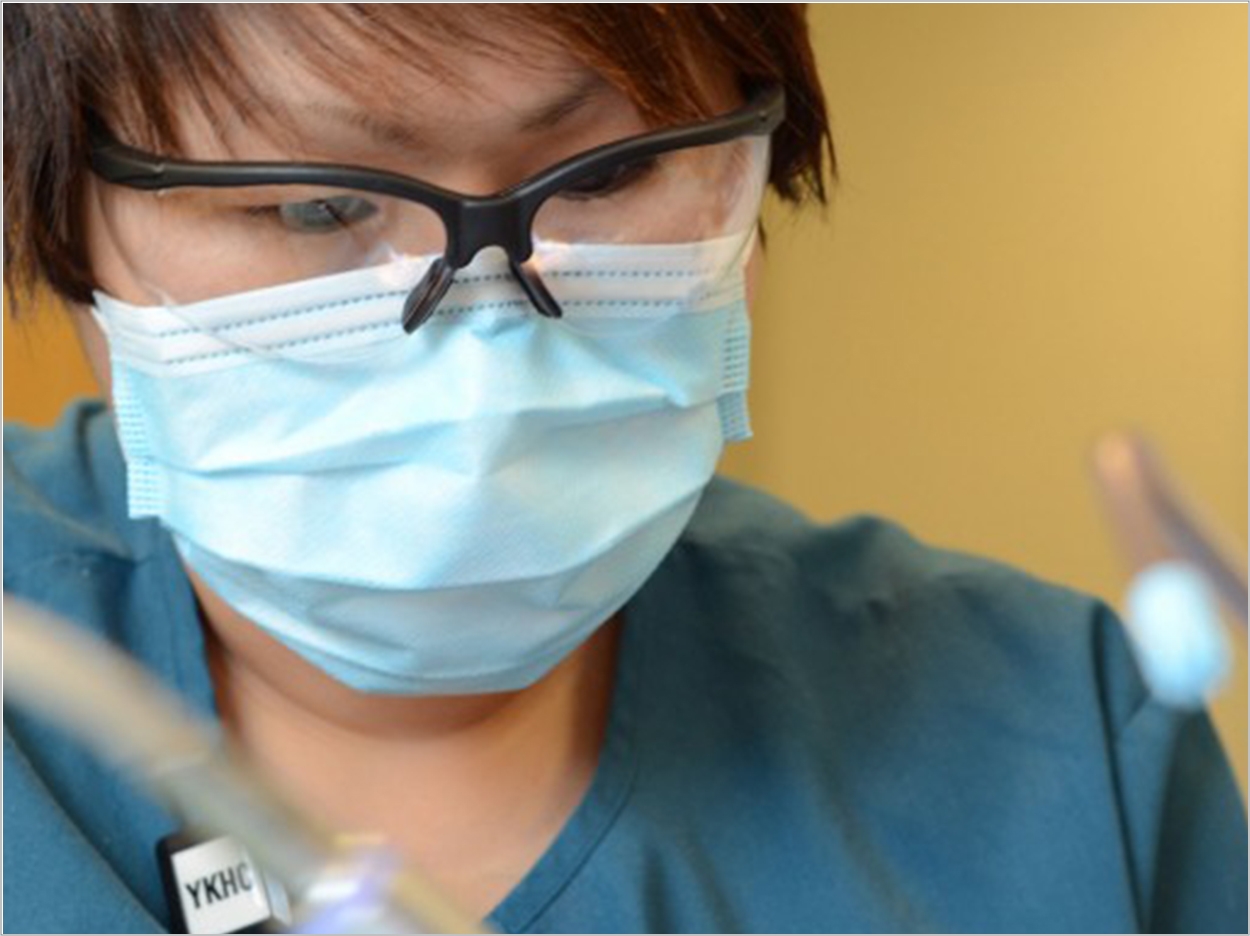
Children had lower rates of tooth extractions and more preventive care in Alaska Native communities served frequently by dental health aide therapists (DHATs) than residents in communities not receiving any DHAT services, according to the University of Washington. The study analyzed patients in the Yukon-Kuskokwim Health Corporation, which serves 25,000 Alaska Natives representing 58 federally recognized tribes, from 2006 to 2015.
Using patient records and Medicaid claims data, researchers counted the total number of dental therapist days provided in each community. They then compared communities with no dental therapist treatment days to those with the highest number of treatment days and found that, for children, high exposure to dental therapists was associated with fewer extractions, less use of general anesthesia, and more preventive visits. Also, adults with the most DHAT visit days had fewer extractions and more preventive visits.
While studies of dental therapists in the United States have examined care quality and patient access, the researchers said, this is the first known study to look at long-term outcomes of communities served by dental therapists. More than a decade ago, tribal communities in Alaska approached the WK Kellogg Foundation with plans for using DHATs to improve oral healthcare for their children.
“Today, we know these proven, tangible, and dramatic shifts in improved access and care for children of color is a game changer as we seek to advance racial equity and tackle health disparities for children of color,” said La June Montgomery Tabron, president and CEO of the WK Kellogg Foundation.
In the United States, dental therapists were first employed in Alaska in 2005 to serve Alaska Native communities. Dental therapists have since been authorized in Minnesota, Maine, and Vermont and are being used to care for Native American tribes in Washington and Oregon. Other states, including Arizona, Kansas, Maryland, Massachusetts, Michigan, New Mexico, North Dakota, and Ohio are exploring the use of dental therapists as well.
“Alaska has proudly put the DHAT program on the national map. It is a model of healthcare that makes an immediate difference in the lives of people who would otherwise have limited to no access to dental care,” said Diane Kaplan, president and CEO of the Rasmuson Foundation. “This study showcases what we have seen for years. Dental health aide therapists are improving the health outcomes of Alaskans.”
Dental therapists are highly trained, midlevel providers, according to the WK Kellogg Foundation. They work under the supervision of a dentist and offer routine restorative and preventive services such as dental exams, fillings, cleanings, sealants, and simple extractions. The WK Foundation also says that they are a cost-effective means for increasing access to critically needed dental care in communities and tribal nations across the country while broadening career pathways to support a robust economy.
The study, “Dental Utilization for Communities Served by Dental Therapists in Alaska’s Yukon Kuskokwim Delta: Findings from an Observational Quantitative Study,” was published by the University of Washington.
Related Articles
Oregon’s First Dental Therapist Goes to Work
Dentists Know Best, So Let Them Choose
Washington State Passes Dental Therapy Bill for Tribal Lands











